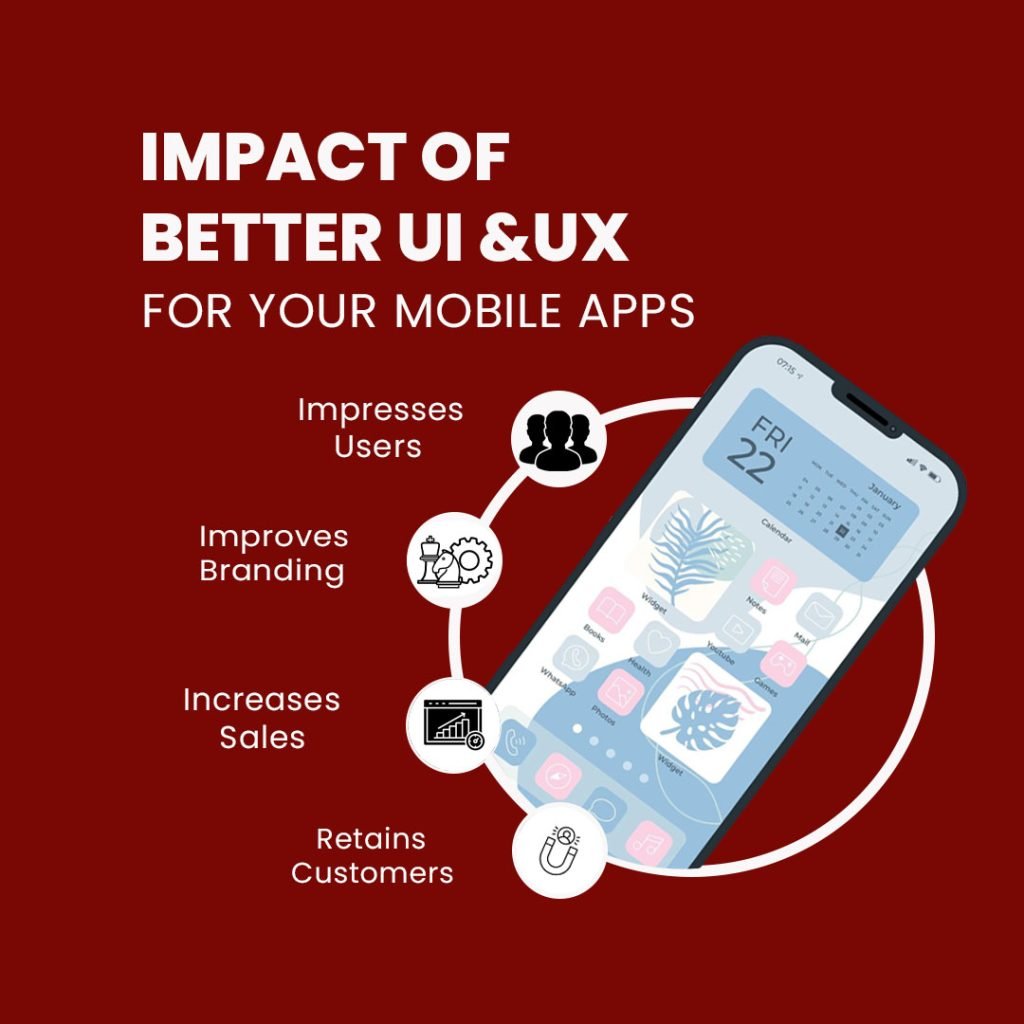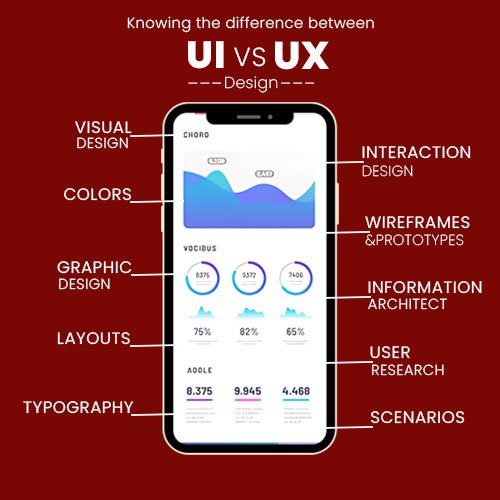UI/UX Design
In the digital age, where websites, mobile apps, and software have become essential to everyday life, the need for exceptional design has never been more critical. This is where UI/UX design comes into play. Although the terms UI (User Interface) and UX (User Experience) are often used together, they refer to distinct yet closely related aspects of design. Both are crucial in developing products that are not only functional but also delightful to use.
What is UI Design?
UI stands for User Interface. It refers to the visual elements of a product—the look, feel, and interactivity of a digital interface. UI design is concerned with how the product’s surfaces look and behave. This includes everything the user interacts with: screens, buttons, sliders, icons, spacing, typography, colors, and responsive animations.
A UI designer’s job is to translate a brand’s identity into a visually appealing and intuitive digital product. They ensure that the interface is consistent across all devices and that it effectively guides the user’s eyes and actions. Essentially, UI design is about aesthetics and functionality: creating interfaces that are both beautiful and easy to use.


What is UX Design?
UX stands for User Experience. It focuses on the overall experience a person has when interacting with a product or service. This includes how easy or difficult it is to use, how intuitive the navigation feels, how the layout flows, and how the product solves the user’s problems.
UX designers conduct user research, create user personas, build user flows and wireframes, and test prototypes to ensure that the product meets the needs and expectations of its users. They work closely with UI designers, developers, product managers, and stakeholders to deliver seamless experiences.
UX design is not limited to the digital space. It can also apply to physical products, services, and customer interactions. However, in the context of digital design, UX is primarily about creating effective, enjoyable, and accessible experiences.
The Difference Between UI and UX Design
Though UI and UX are often used interchangeably, they are not the same:
UI is about the interface’s presentation, while UX is about the experience behind the interface.
A beautifully designed UI without a good UX may confuse users and fail to fulfill their needs.
Likewise, a product with excellent UX but a poor UI might function well but fail to attract or retain users due to an unattractive or clunky appearance.
In essence, UI is what the user sees, and UX is what the user feels.
The Importance of UI/UX Design
First Impressions Matter: A good UI immediately grabs attention and creates trust.
User Retention: A seamless UX keeps users coming back and encourages brand loyalty.
Increased Conversions: Clear CTAs (Call to Actions), intuitive design, and logical user flows help convert visitors into customers.
Competitive Edge: In a crowded marketplace, a well-designed product stands out from the competition.
Cost Efficiency: Good design reduces the need for constant changes and customer support by anticipating user needs.
Conclusion
UI/UX design is more than just making a product “look good.” It’s about creating meaningful, user-centric designs that solve problems and enhance user satisfaction. In today’s world, where digital products are constantly evolving, investing in quality UI/UX design is not a luxury—it’s a necessity.
When UI and UX work together, they create harmonious, effective, and enjoyable user journeys. Whether you are building a mobile app, a website, or any digital platform, a strong UI/UX design is key to the success of your product.
